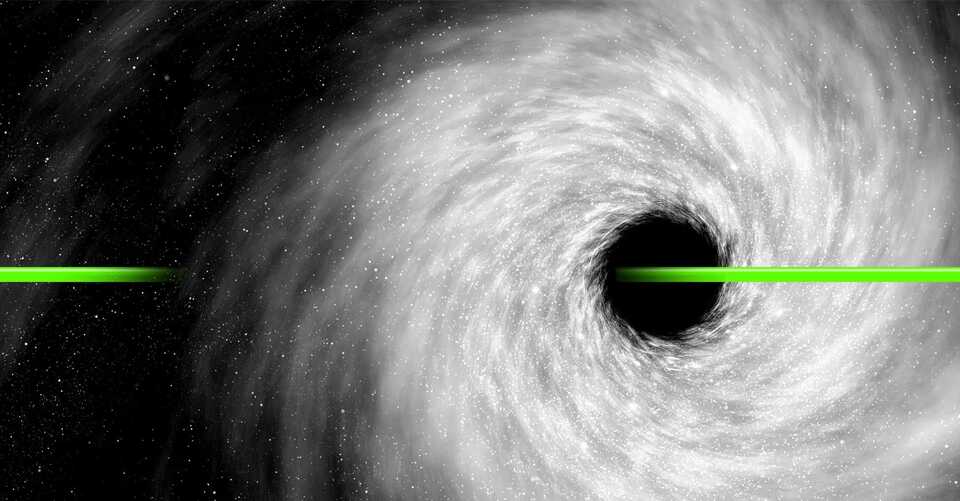Avi Loeb joins John Michael Godier to discuss his new initiative the Copernicus Space Corporation. ‘Copernicus’ is a privately held, novel type of space exploration company, headquartered in Massachusetts, which fosters ultra-long-range thinking and leverages disruptive technology for new human strategies in space. Avi also discusses the Galileo Project and its scientific search for UAP. Also discussed, can we detect gravity wave signals from alien civilizations?
Avi Loeb links:
https://avi-loeb.medium.com/
https://projects.iq.harvard.edu/galileo/home.
https://copernicus-initiative.com/
YouTube Membership: https://www.youtube.com/channel/UCz3qvETKooktNgCvvheuQDw/join.
Podcast: https://anchor.fm/john-michael-godier/subscribe.
Apple: https://apple.co/3CS7rjT
More JMG
Want to support the channel?
Patreon: https://www.patreon.com/EventHorizonShow.
Follow us at other places!

